Modern farming methods continue to evolve, and with them comes a noticeable increase in the demand for more specialized irrigation equipment. One of the key devices contributing to this shift is the agriculture water spray pump. Designed to meet the specific requirements of field-scale watering, this type of pump is being integrated more frequently into agricultural operations focused on improving water distribution and less waste.
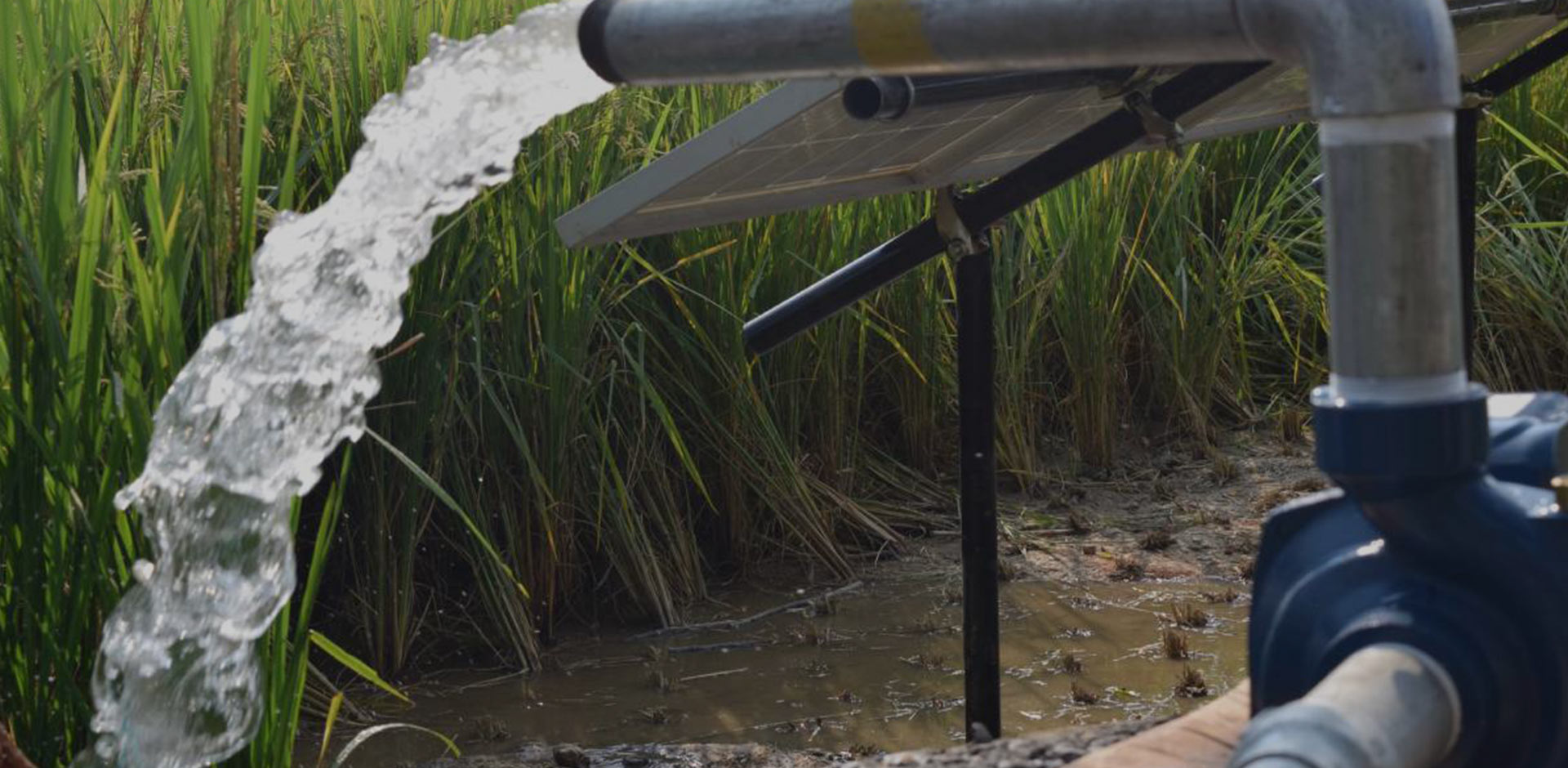
The agriculture water spray pump plays an essential role in supporting diverse irrigation methods across different types of crops. Whether used in open fields or greenhouse environments, these pumps are known for delivering consistent pressure and helping to cover wider areas with even water application. Farmers who rely on seasonal or year-round irrigation systems increasingly turn to these devices to help maintain soil moisture levels and reduce the reliance on manual watering techniques.
Among the various pump technologies now being adopted, the drip irrigation centrifugal pump stands out for its efficiency and steady performance. This kind of pump is engineered to maintain pressure in drip systems where precise water control is necessary. Especially in regions where water conservation is a concern, the drip irrigation centrifugal pump offers a solution that balances performance with resource management. By helping regulate low-flow irrigation systems, it complements the use of agriculture water spray pumps in larger-scale applications.
One reason behind the growing popularity of both the drip irrigation centrifugal pump and the agriculture water spray pump is the increasing implementation of controlled irrigation systems. These systems often require pumps that can handle a variety of flow rates and withstand long hours of operation without mechanical failure. Both pump types are designed to meet these expectations, giving agricultural professionals more tools to support consistent crop development.
While the agriculture water spray pump is frequently used in high-volume applications, the drip irrigation centrifugal pump suits installations that require fine-tuned pressure delivery. In some modern farms, both systems are used side by side—spray pumps for larger rows or tree crops, and centrifugal drip pumps for vegetable plots or orchards. This dual-pump arrangement allows farmers to tailor irrigation strategies to specific zones within their land, promoting more balanced crop care.
Another advantage of incorporating a drip irrigation centrifugal pump is its compatibility with automated irrigation schedules. As farms invest in sensor-based control systems, the demand for pumps that can integrate smoothly with these technologies grows. The agriculture water spray pump is also seeing changes in design to match the demands of digital and remote monitoring systems. This shift indicates how irrigation hardware is adapting to the changing face of agriculture, which now includes more data-driven decision-making.
Additionally, regional climate variations are influencing how irrigation is managed. In areas with irregular rainfall patterns, consistent water delivery becomes critical. The agriculture water spray pump offers dependable performance in these environments, while the drip irrigation centrifugal pump ensures that specific areas receive the right amount of water without saturation. Both tools work together to promote uniform growth even under unpredictable weather conditions.
Maintenance and serviceability are also driving factors in pump selection. The drip irrigation centrifugal pump is designed for small intervention during operation, which is especially valuable during peak farming seasons. Similarly, the agriculture water spray pump is built with accessibility in mind, allowing quick inspection and cleaning when necessary. This reduces downtime and supports long-term use.
As agriculture continues to adapt to new technologies and resource challenges, equipment such as the agriculture water spray pump and the drip irrigation centrifugal pump will likely see continued demand. Their flexibility and reliability make them suitable for farms of varying sizes and crop types. These pumps have become an integral part of the toolkit for modern farmers seeking consistency, efficiency, and sustainable water use in everyday operations.

 English
English русский
русский Español
Español
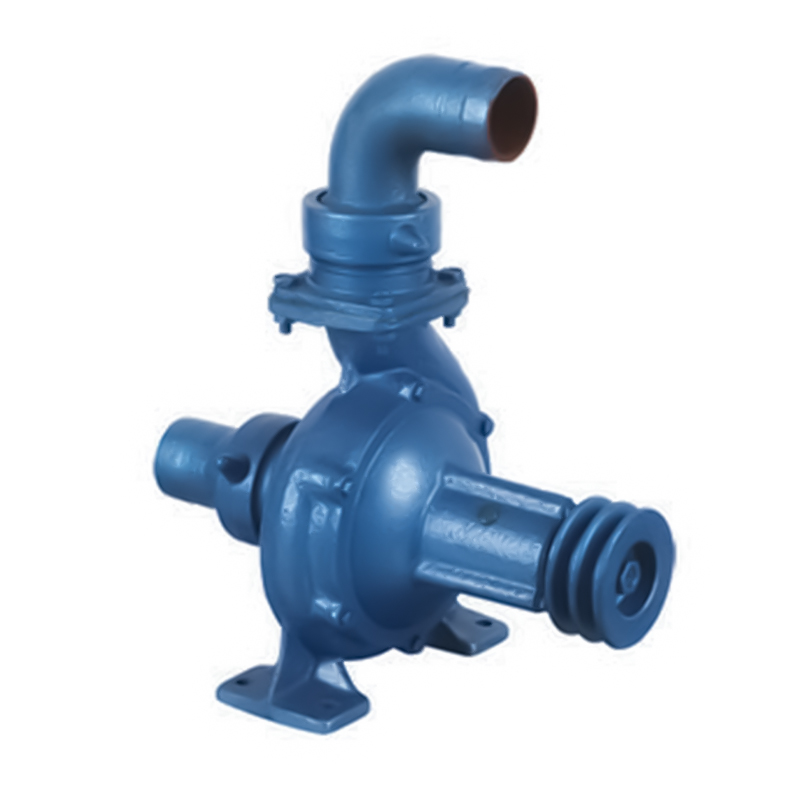
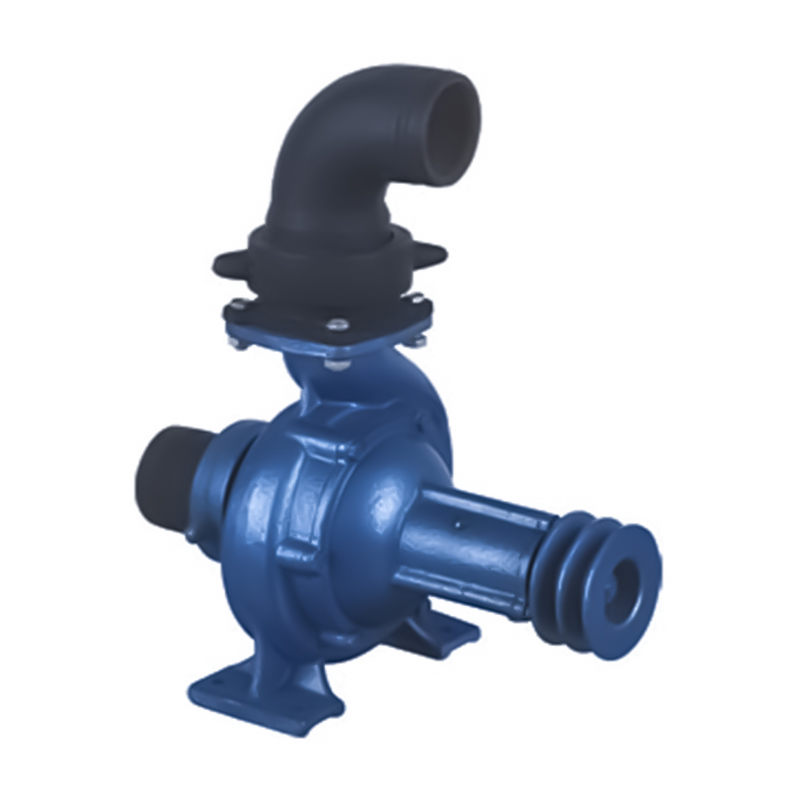

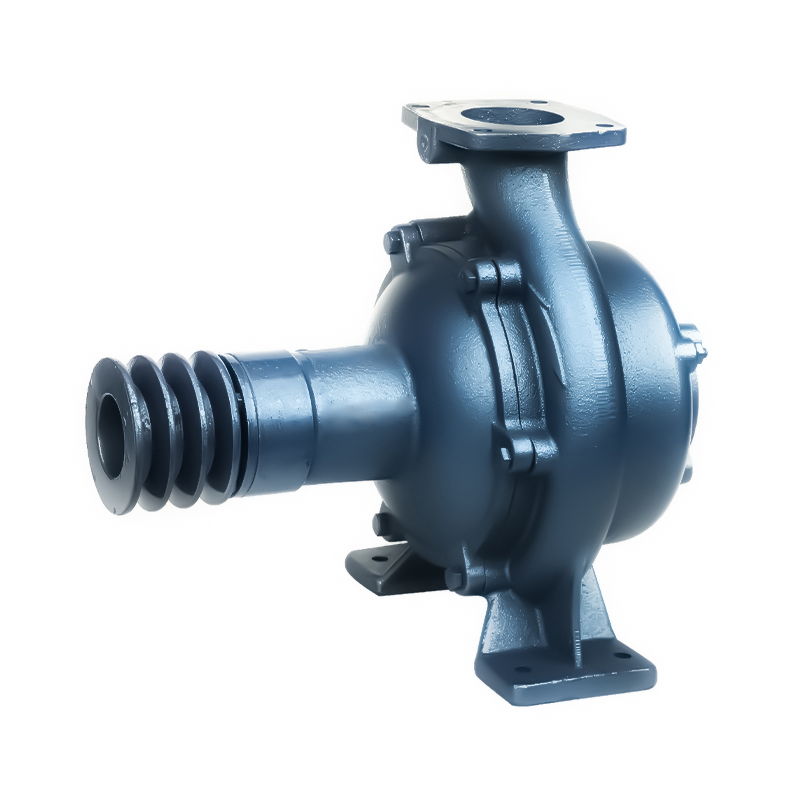
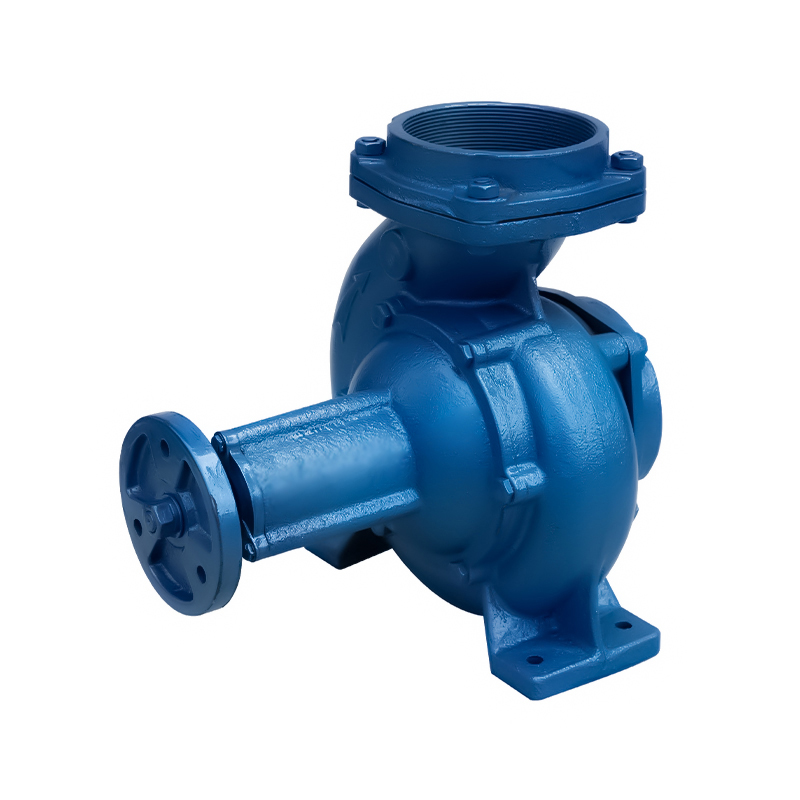
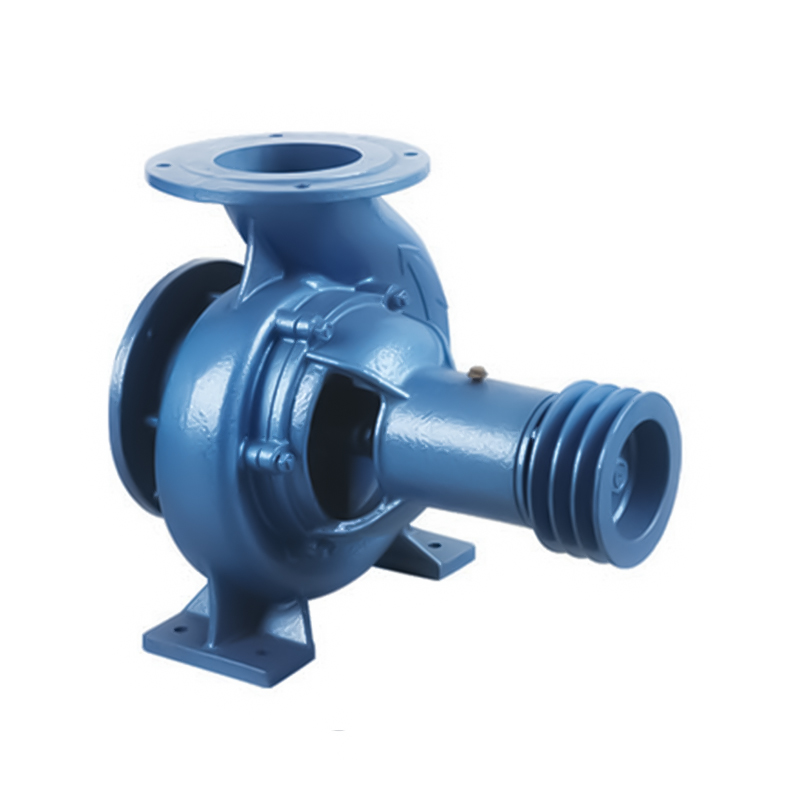
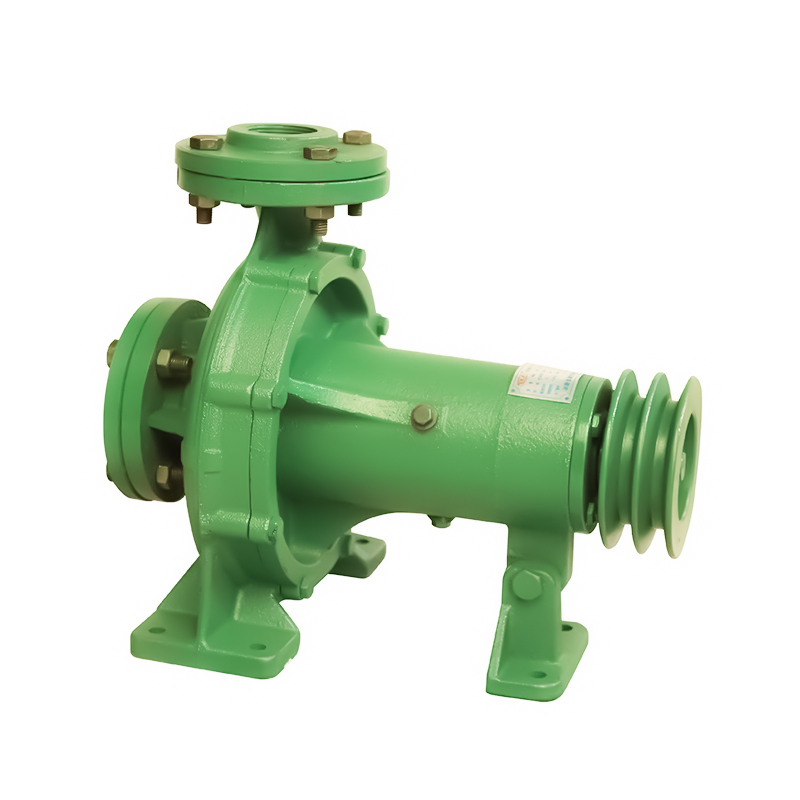

 Email:
Email:
 Phone:+86-13605899207
Phone:+86-13605899207

